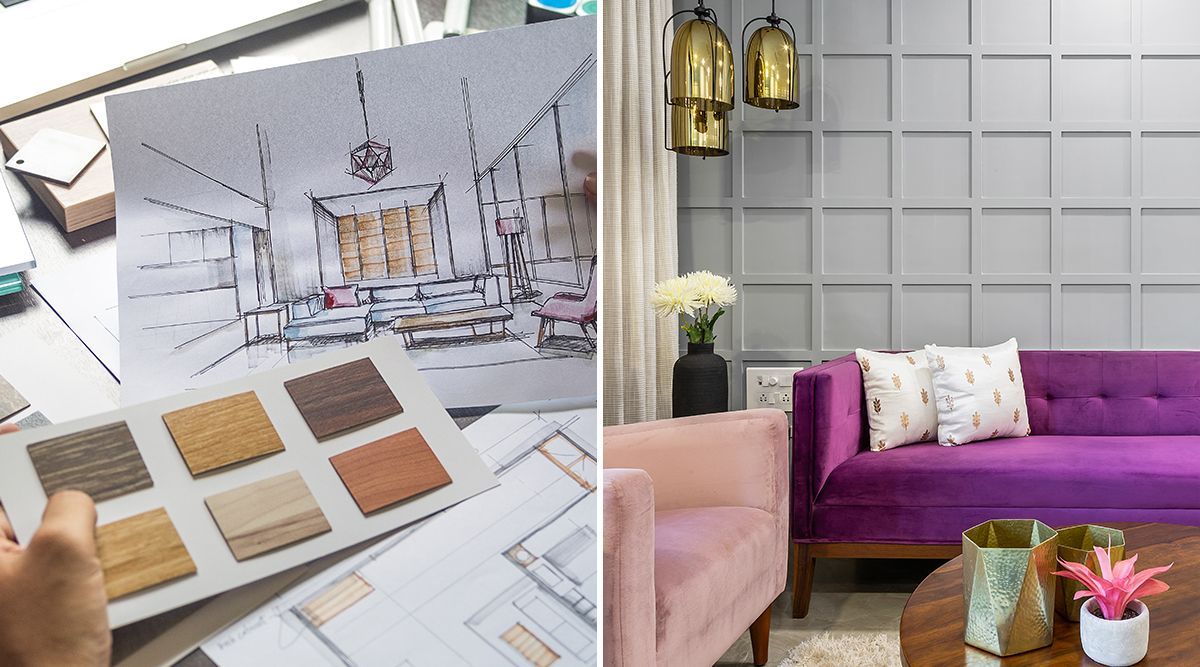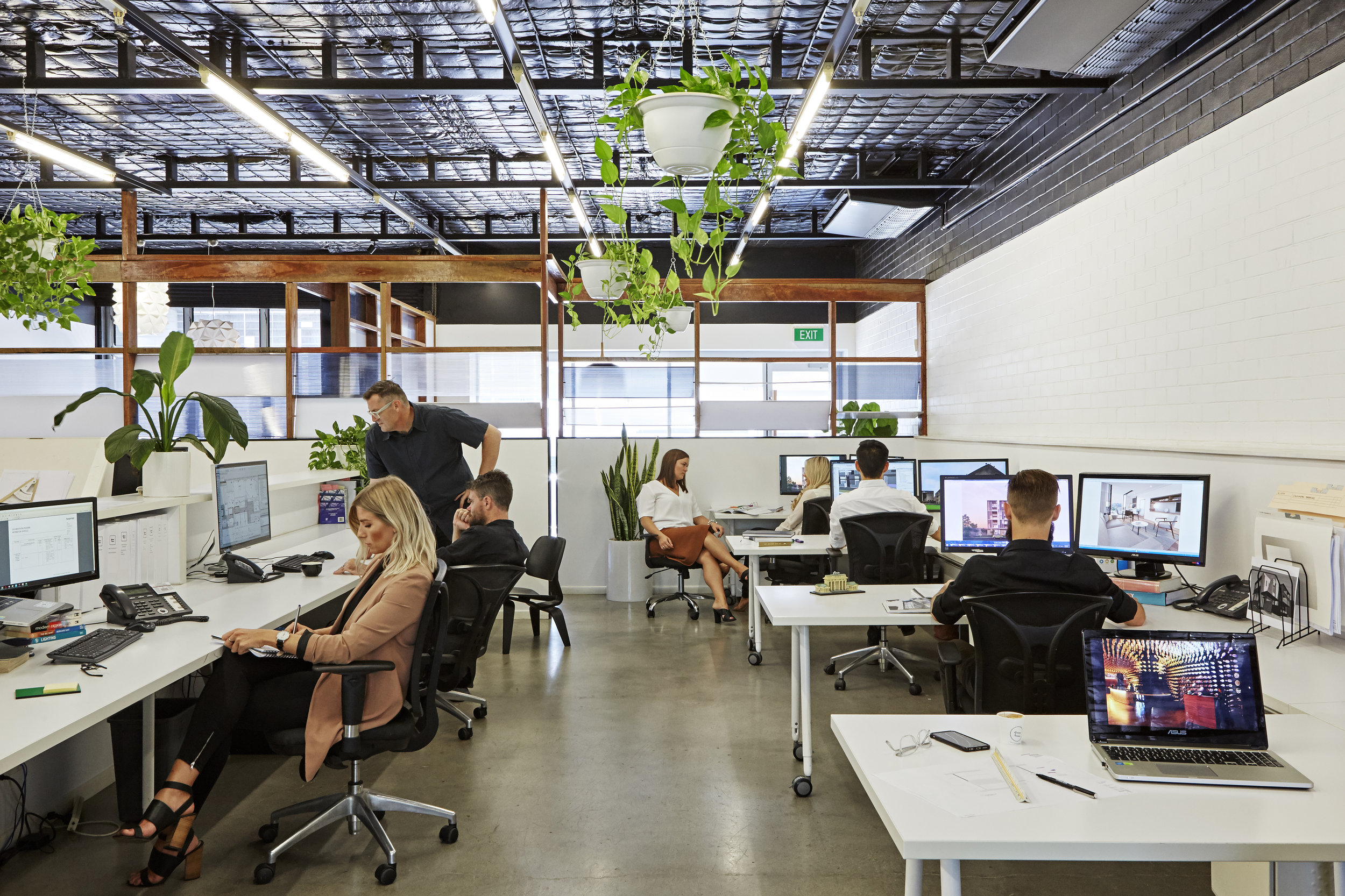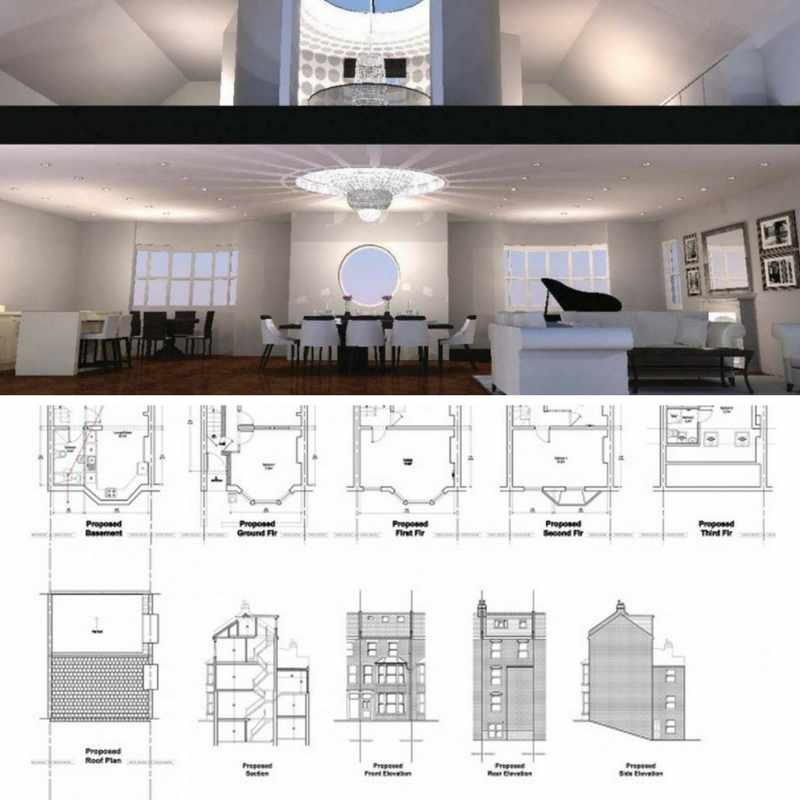Work with a Premium Home Designer to Build a Timeless Masterpiece
Wiki Article
The Art of Balance: Just How Interior Design and Home Engineer Collaborate for Stunning Outcomes
In the world of home design, striking a balance in between appearances and performance is no small feat. This delicate balance is attained through the unified collaboration in between indoor developers and architects, each bringing their unique proficiency to the table. The result? Spaces that are not only visually spectacular however also incredibly habitable. Nonetheless, this ideal mix is not always easy to attain. Keep with us as we explore the details of this collective procedure and its transformative impact on home layout.Recognizing the Core Distinctions Between Interior Style and Home Style
While both Interior Design and home architecture play essential roles in developing aesthetically pleasing and useful rooms, they are inherently various self-controls. Home architecture primarily focuses on the structural aspects of the home, such as constructing codes, security guidelines, and the physical building of the room. It takes care of the 'bones' of the framework, collaborating with spatial dimensions, load-bearing walls, and roof covering layouts. On the other hand, Interior Design is more concerned with boosting the sensory and aesthetic experience within that framework. It entails choose and preparing furniture, selecting color plans, and including attractive components. While they function in tandem, their roles, duties, and locations of know-how split dramatically in the creation of an unified home atmosphere.The Synergy Between Home Design and Interior Decoration
The synergy between home design and Interior Design lies in a common vision of layout and the improvement of functional aesthetic appeals. When these 2 areas straighten sympathetically, they can change a living space from ordinary to amazing. This collaboration requires a deeper understanding of each self-control's concepts and the capability to develop a cohesive, visually pleasing setting.Unifying Layout Vision
Combining the vision for home design and interior design can produce an unified living area that is both practical and visually pleasing. It promotes a synergistic approach where architectural elements enhance indoor style elements and vice versa. Thus, unifying the design vision is essential in blending style and indoor style for sensational results.Enhancing Functional Visual Appeals
How does the harmony in between home design and Interior Design boost practical looks? This synergy enables the production of areas that are not only aesthetically attractive however additionally easily useful. Engineers lay the groundwork with their structural style, ensuring that the room is practical and reliable. The interior developer then enhances this with meticulously picked aspects that enhance the looks without compromising the capability. This harmonious cooperation can lead to homes that are both gorgeous and livable. As an example, an architect may design a home with large home windows and high ceilings. The interior developer can after that accentuate these attributes with large curtains and high plants, specifically, thus improving the visual appeal while preserving the practical benefits of all-natural light and space.Value of Cooperation in Creating Balanced Spaces
The cooperation between indoor developers and architects is essential in creating balanced rooms. It brings harmony between design and style, bring to life rooms that are not only aesthetically pleasing but likewise useful. Checking out successful collaborative methods can supply understandings right into exactly how this synergy can be properly achieved.Integrating Design and Design
Balance, an important element of both Interior Design and architecture, can just truly be accomplished when these 2 fields operate in consistency. This harmony is not merely a visual consideration; it impacts the capability, resilience, and ultimately, the livability of a space. Interior engineers and developers must comprehend each other's roles, appreciate their proficiency, and communicate successfully. They should consider the interplay of architectural elements with decor, the flow of areas, and the influence of light and color. This collective procedure causes a cohesive, well balanced design where every element has a function and adds to the general visual. Integrating design and design is not simply about producing attractive spaces, however concerning crafting spaces that work effortlessly for their inhabitants.Successful Joint Approaches

Instance Researches: Effective Combination of Style and Design
Taking a look at a number of situation research studies, it emerges how the effective assimilation of Interior Design and architecture can transform a room. The Glass Home in Connecticut, renowned for its minimalistic beauty, is one such example. Engineer Philip Johnson and indoor designer Mies van der Rohe collaborated to develop an unified equilibrium between the inside and the framework, leading to a seamless circulation from the outside landscape to the inner living quarters. Another prototype is the Fallingwater Residence in Pennsylvania. Designer Frank Lloyd Wright and interior developer Edgar Kaufmann Jr.'s joint efforts result in a stunningly one-of-a-kind home that blends with its natural environments. These situation studies underscore the extensive impact of an effective style and architecture cooperation.
Overcoming Difficulties in Style and Architecture Cooperation
Despite the obvious benefits of an effective collaboration in between indoor style and style, it is not without its difficulties. Engineers may focus on structural stability and safety and security, while designers concentrate on comfort and style. Reliable communication, shared understanding, and compromise are important to get over here these difficulties and attain a harmonious and successful collaboration.
Future Patterns: The Progressing Connection In Between Home Architects and Interior Designers
As the world of home layout continues to progress, so does the partnership between designers and indoor designers. On the other hand, indoor designers are accepting technological aspects, influencing total layout and performance. The future assures a more cohesive, ingenious, and flexible approach to home style, as designers and architects continue to obscure the lines, cultivating a relationship that really personifies the art of equilibrium.Conclusion
The art of balance in home style is attained via the unified collaboration between interior designers and designers. An understanding of each various other's techniques, reliable communication, and shared vision are essential in producing aesthetically sensational, useful, and welcoming rooms. Regardless of challenges, this partnership fosters growth and development in design. As the relationship between home architects and interior designers evolves, it will remain to shape future fads, boosting convenience, performance, and individual expression in our home.While both indoor layout and home design play necessary functions in creating aesthetically pleasing read more and useful rooms, they are inherently different disciplines.The harmony between home architecture and indoor style lies in a shared vision of layout and the enhancement of functional visual appeals.Unifying the vision for home style and interior design can develop an unified living space that is both useful and visually pleasing. Thus, unifying the layout vision is vital in blending style and interior design for magnificent results.
Just how does the synergy between home design and interior layout enhance useful looks? (Winchester architect)
Report this wiki page